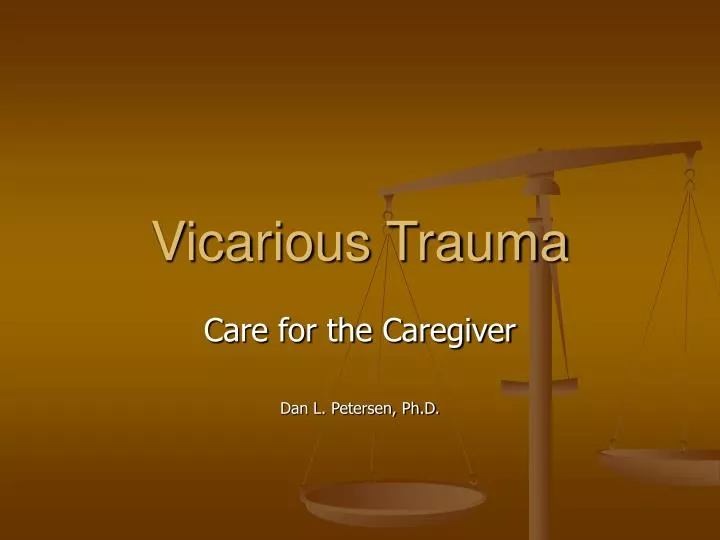


Signs and Symptoms of Compassion Fatigue: In the process of decreasing compassion fatigue it is important to remember that compassion fatigue develops over time and therefore healing and changing habits also takes time. It is also important to cut out negative addictions in one’s life like nicotine, alcohol, and caffeine. This can be as simple as getting plenty of rest, ensuring good dietary habits, and increasing recreational activities and social support. Before anyone can tend to and be sensitive to the needs of others, they have to take care of their own well-being. There are, however, many hands-on things a person can do to mitigate the feelings of compassion fatigue.

Everyone has multiple demands and energy drains in their lives – some positive, some negative – which all require a great deal of emotional and physical attention. While the symptoms are often disruptive, depressive, and irritating, an awareness of the symptoms and their negative effect on your life can lead to positive change, personal transformation, and a new resiliency. ( Reference) The most critical need initially is for the person to acknowledge that s/he may be experiencing such symptoms.

( Reference)Ĭompassion Fatigue symptoms are normal displays of stress resulting from the care giving work a person preforms on a regular basis. This term has replaced the more familiar term “burn-out.” It refers to a physical, emotional and spiritual fatigue or exhaustion that takes over a person and causes a decline in his or her ability to experience joy or to feel and care for others. Irritability, low frustration tolerance.Substance use/abuse for emotional regulation.Decreased interest in client’s care (aka: compassion fatigue).Imagery blending (take on images of clients).Organizational settings that do not recognize or refuse to accept the severity and pervasiveness of traumatic experience in the population they are serving, or their workforce, are likely not providing the social support that is required for providers to do adequate work, maintain appropriate boundaries, and practice good self care. There are also organizational contributors to the development of vicarious trauma. It has long been recognized that emergency workers, physicians, nurses, police officers, fire fighters, journalists, clergy, social service workers, colleagues, family members, and other witnesses and bystanders to disasters and other trauma can experience symptoms of trauma themselves. As a social species, human beings are connected to each other.
Vicarious trauma professional#
The presence of vicarious trauma has been noted in many groups of helping professionals who have close contact with people who have experienced traumatic events.Ĭaregivers are at even higher risk especially if they have a history of trauma in their own backgrounds and/or if they extend themselves beyond the boundaries of good self-care or professional conduct. The symptoms can appear much like those of post-traumatic stress disorder (PTSD), but also encompass changes in frame of reference, identity, a sense of safety, ability to trust, self-esteem, intimacy, and a sense of control. Vicarious trauma is a term that describes the cumulative transformative effect on the helper in response to working with survivors of traumatic life events. (Information provided by Manuela Mischke-Reeds‘ presentation, “ Vicarious Traumatization and Self-Care from a Somatic Perspective”, County of San Mateo Health System). Refers to the transformation of a caregiver’s inner self as a result of empathic engagement with a traumatized client.


 0 kommentar(er)
0 kommentar(er)
